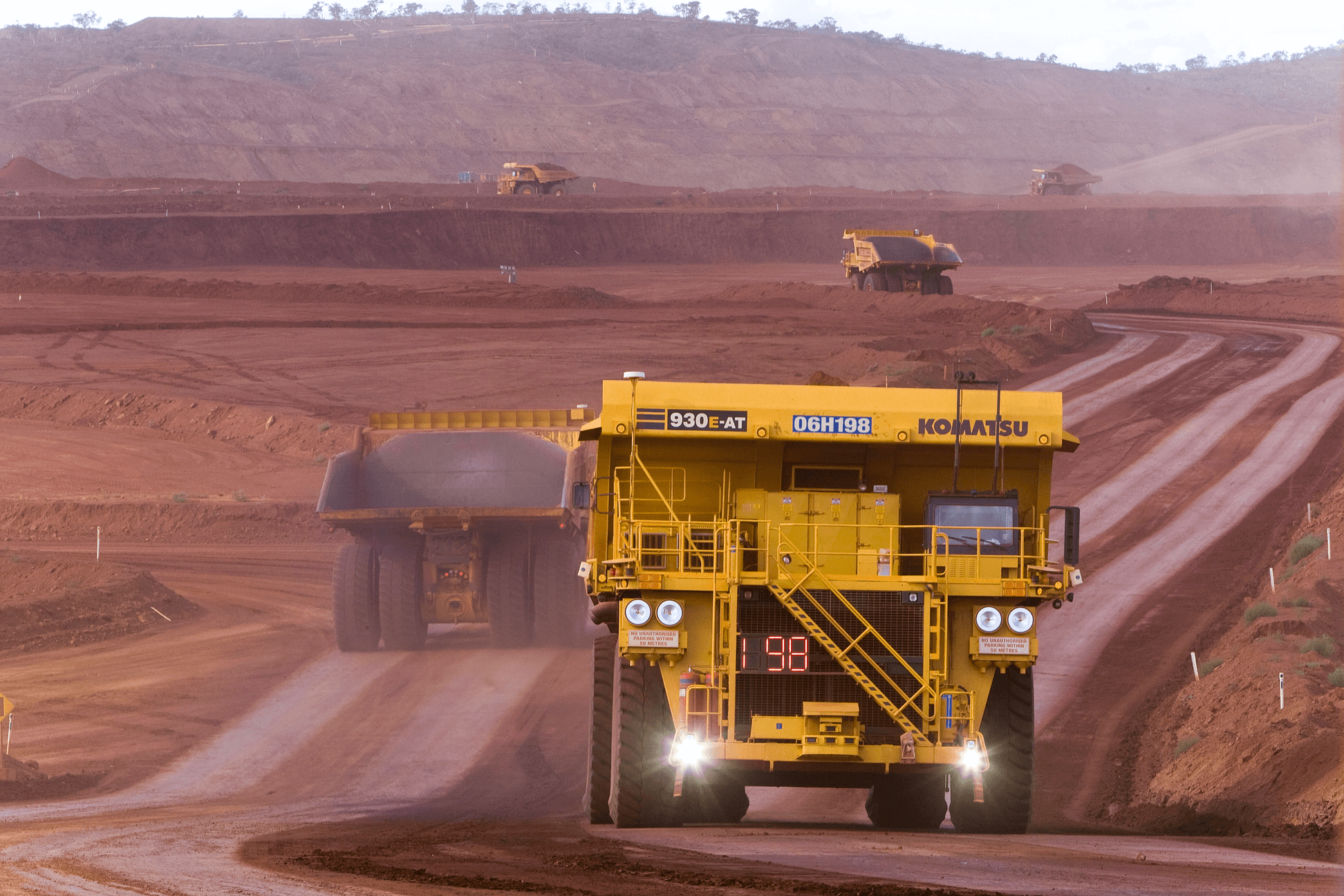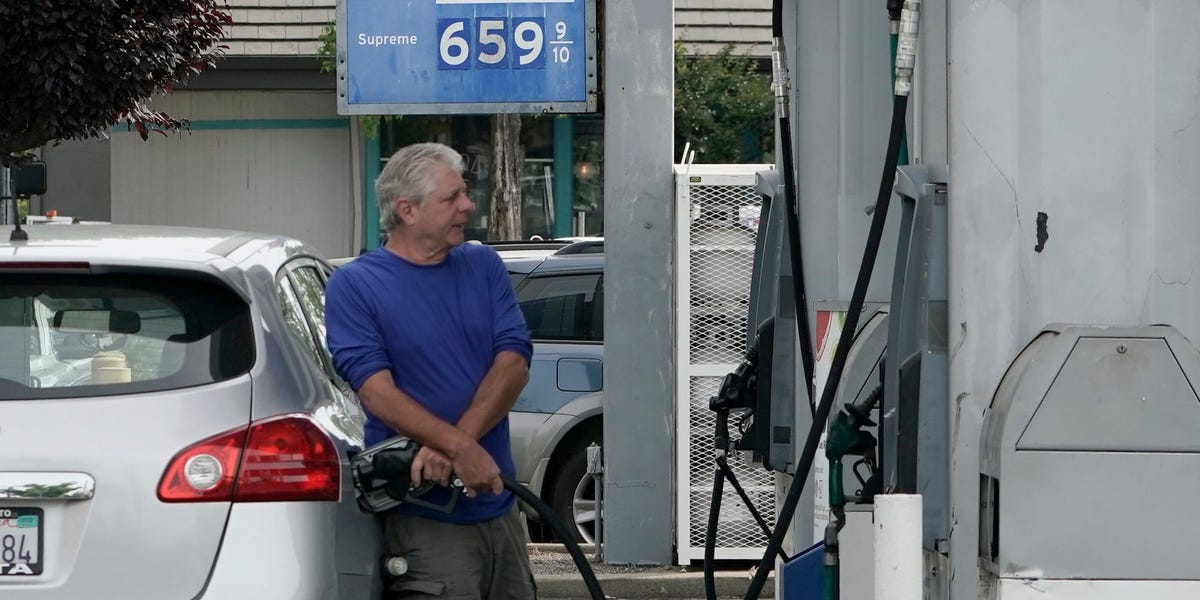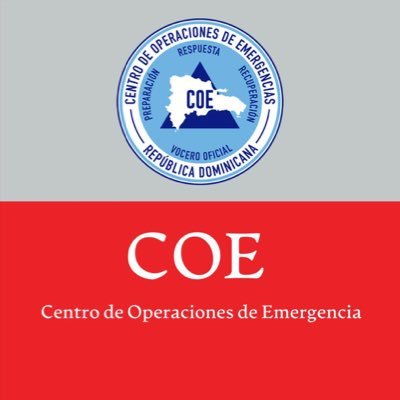Rio Tinto Rebuts Forrest's 'Wasteland' Claim: Pilbara's Future Defended

Table of Contents
Rio Tinto's Counter-Arguments
Rio Tinto, a global mining giant with extensive operations in the Pilbara region of Western Australia, has vehemently rejected Forrest's "wasteland" characterization. Their defense rests on three primary pillars: comprehensive rehabilitation efforts, significant economic contributions to the region, and proactive strategies to mitigate environmental impacts.
Emphasis on Rehabilitation and Reclamation Efforts
Rio Tinto emphasizes its substantial investment in mine rehabilitation and land reclamation. The company asserts that it's not leaving behind a wasteland, but actively restoring the land to a productive state.
- Successful rehabilitation projects: Numerous projects demonstrate a commitment to restoring biodiversity and ecosystem function. Examples include the revegetation of mine sites using native species, the creation of artificial wetlands to support local wildlife, and the construction of habitat corridors to connect fragmented ecosystems.
- Significant investment: Rio Tinto has invested hundreds of millions of dollars in rehabilitation programs across the Pilbara, demonstrating a long-term commitment to environmental restoration.
- Innovative technologies: The company employs cutting-edge technologies, such as drone surveys for monitoring rehabilitation progress and advanced water management systems to minimize environmental impact.
- Third-party verification: Independent audits and scientific studies regularly assess the effectiveness of Rio Tinto’s rehabilitation efforts, providing external validation of their progress. These reports often highlight the positive environmental outcomes of their land reclamation initiatives.
Highlighting Economic Contributions to the Region
Beyond environmental considerations, Rio Tinto highlights its significant economic contributions to the Pilbara region. The company argues that its operations provide substantial employment opportunities, stimulate regional development, and contribute significantly to the local economy.
- Job creation: Rio Tinto's Pilbara operations employ tens of thousands of people directly and indirectly, supporting a thriving regional economy.
- Investment in local communities: The company invests heavily in local infrastructure, education, and community initiatives, fostering economic growth and improving the quality of life for residents.
- Economic impact studies: Independent economic impact assessments consistently demonstrate the significant contribution of Rio Tinto's operations to the overall prosperity of the Pilbara region.
Addressing Concerns Regarding Biodiversity and Water Management
Rio Tinto acknowledges concerns regarding biodiversity loss and water usage. They highlight their strategies to mitigate these environmental impacts through proactive measures and collaborative partnerships.
- Protecting endangered species: Specific measures include habitat restoration programs for endangered flora and fauna, minimizing disruption to sensitive ecosystems, and implementing strict environmental monitoring protocols.
- Water conservation techniques: Rio Tinto employs advanced water recycling and reuse technologies to minimize freshwater consumption and reduce its overall environmental footprint.
- Partnerships with environmental organizations: The company actively collaborates with environmental scientists and conservation groups to develop and implement best practices for biodiversity conservation and sustainable water management. This collaboration enhances transparency and strengthens the impact of their efforts in the Pilbara environment.
Analyzing Forrest's Claims
Andrew Forrest's criticism focuses on several key areas. Understanding the basis of his claims is crucial to forming a balanced perspective.
Understanding the Basis of Forrest's Criticism
Forrest's arguments center on the perceived inadequacy of Rio Tinto's rehabilitation efforts, the long-term environmental impacts of mining activities, and concerns about the sustainability of the current approach to Pilbara mining.
- Key points from Forrest's statements: His criticism highlights concerns about the scale of land disturbance, the potential for irreversible damage to biodiversity, and inadequate water management practices.
- Evidence presented: Forrest often cites independent scientific reports and visual evidence to support his claims regarding the environmental impact of mining in the Pilbara region. He emphasizes the need for a higher standard of environmental stewardship in the mining industry.
- Specific environmental concerns: His primary concerns include habitat loss, water pollution, and the long-term effects on the Pilbara ecosystem. The scope of these concerns and the potential for long-term damage form the crux of his criticism.
Comparing Different Perspectives on Sustainability
The contrasting viewpoints of Rio Tinto and Andrew Forrest highlight the complex nature of balancing economic development with environmental protection. While both parties advocate for sustainable development, their interpretations and priorities differ significantly.
- Areas of agreement: Both parties agree on the importance of responsible mining practices and the need for environmental stewardship. They acknowledge the need for continuous improvement in sustainability efforts.
- Areas of disagreement: The primary point of contention lies in the assessment of the effectiveness of Rio Tinto's current environmental initiatives and the long-term sustainability of their operations in the Pilbara. The differing perspectives on what constitutes "sustainable mining" drive the ongoing debate. There's a fundamental disagreement on the speed and scale of change required to minimize the environmental impact.
The Future of the Pilbara and Responsible Mining
Looking ahead, the future of the Pilbara hinges on innovative solutions and a commitment to transparency and accountability in the mining industry.
Exploring the Role of Innovation in Sustainable Mining
Technological advancements offer significant potential for improving the sustainability of mining operations.
- Innovative technologies: New technologies, such as autonomous haulage systems, improved water management systems, and renewable energy sources, offer opportunities to reduce the environmental footprint of mining.
- Research initiatives: Investment in research and development is critical for advancing sustainable mining practices and developing innovative solutions to environmental challenges.
- Industry collaborations: Collaboration between mining companies, research institutions, and government agencies is essential for sharing best practices and accelerating the adoption of sustainable technologies. The goal is to drive widespread adoption of green mining techniques and promote a circular economy model within the mining sector.
The Importance of Transparency and Accountability in Mining
Transparency and accountability are paramount in addressing environmental concerns associated with mining.
- Independent audits: Regular and independent audits are crucial for ensuring that mining companies meet environmental standards and comply with regulations. The results of these audits should be made publicly accessible.
- Public reporting: Public disclosure of environmental data, including rehabilitation progress, water usage, and biodiversity monitoring results, is vital for fostering public trust and accountability.
- Community engagement: Meaningful consultation and engagement with local communities are essential for addressing their concerns and incorporating their perspectives into decision-making processes. Effective community engagement builds trust and ensures that the impact on local communities is considered.
- Government regulations: Strong and effective environmental regulations are necessary to ensure that mining operations adhere to high standards of environmental performance. Government oversight is crucial for maintaining responsible mining practices.
Conclusion
Rio Tinto’s rebuttal to Andrew Forrest’s "wasteland" claim underscores a complex debate surrounding sustainable mining practices in the Pilbara. While Rio Tinto highlights its rehabilitation efforts, economic contributions, and environmental mitigation strategies, Forrest's criticisms focus on the long-term environmental consequences and the need for a more radical shift towards sustainable development. The key takeaway is the crucial need for responsible mining practices, balancing economic progress with environmental protection, and fostering a transparent and accountable mining industry. The future of the Pilbara's mining industry depends on embracing innovation, strengthening regulations, and ensuring open communication between stakeholders. Learn more about Rio Tinto's commitment to sustainable mining in the Pilbara and explore the ongoing debate surrounding the future of the region's mining industry.

Featured Posts
-
 Grand Ole Opry Goes Global First International Broadcast From Londons Royal Albert Hall
May 23, 2025
Grand Ole Opry Goes Global First International Broadcast From Londons Royal Albert Hall
May 23, 2025 -
 Record Low Gas Prices Predicted For Memorial Day Weekend
May 23, 2025
Record Low Gas Prices Predicted For Memorial Day Weekend
May 23, 2025 -
 Jonathan Groffs Just In Time And The Tony Awards Race
May 23, 2025
Jonathan Groffs Just In Time And The Tony Awards Race
May 23, 2025 -
 Allegations Of Hamas Deception A Witkoff Emissarys Perspective
May 23, 2025
Allegations Of Hamas Deception A Witkoff Emissarys Perspective
May 23, 2025 -
 Actualizacion Del Coe Niveles De Alerta En Republica Dominicana
May 23, 2025
Actualizacion Del Coe Niveles De Alerta En Republica Dominicana
May 23, 2025
